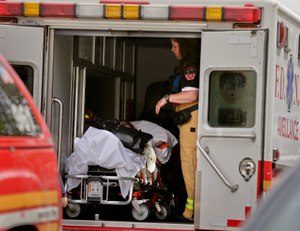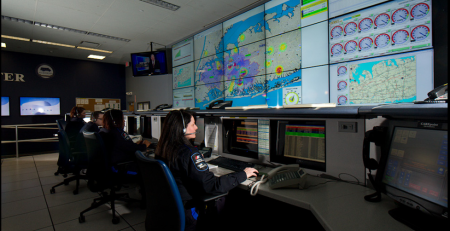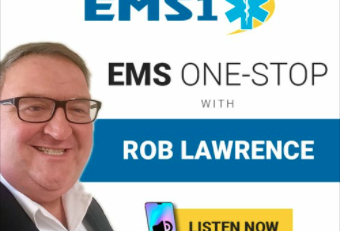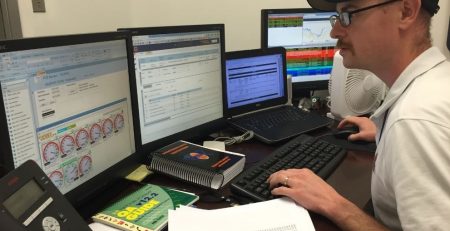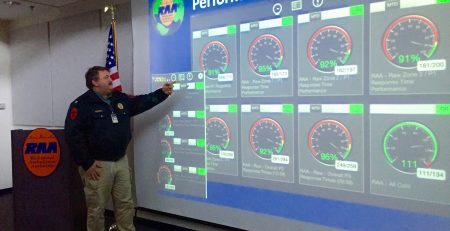Three Rivers Gets EMS Early-Warning System
Download PDF (FireTimes, 2003)
Three Rivers gets EMS early -warning system
The News -Sentinel
If you get food poisoning in Fort Wayne, an ambulance driver could know before you do.
Fort Wayne, Indiana –
A new early-warning system installed by the Three Rivers Ambulance Authority tracks 911 call patterns, and spots a spike in calls reporting certain symptoms — before human observers can. The system can be used to identify a disease outbreak, a cluster of foodborne illness, even a bioterrorism attack. Once the system detects a pattern, it alerts TRAA officials and the Fort Wayne-Allen County Department of Health something could be wrong. "We’d looked for some way to track trends for some time," said Gary Booher, executive director of TRAA, the city/county authority that oversees ambulance service . "We could pull reports from previous days, but we had nothing available in real-time monitoring." Designed by Stout Solutions of Encinitas, Calif., FirstWatch works silently, monitoring data from 911 calls for patterns indicating a possible threat or major change in community health trends. Fort Wayne is one of only four FirstWatch systems in the nation up and running, Booher said. Located within the TRAA dispatch room at 525 Hayden St., the computer system tracks and compares data in real-time 12-hour segments with what is the norm for the past three to five years. For example, should the system detect a spike in 911 calls about certain symptoms, such as unconscious people, an e-mail and page alert is sent to local public health authorities. A map of where the calls came from also is sent to authorities, who then look at the data to see if there is significance to the cluster of calls. It could just be an aberrancy, a fluke in numbers, Booher said, where hospitals would not be notified by the health department. But if the cluster of calls has implications of a terrorist attack or disease outbreak, health officials are alerted far more quickly than before. The types of symptoms being tracked in 911 calls include abdominal pain, breathing symptoms, carbon monoxide poisoning symptoms, cardiac problems, convulsions,
seizures and unconsciousness. The system is not a diagnostic tool and does not send an alert about a peak in specific symptoms, just an alert when any of these symptoms are above the norm in historical data. "It still takes a human being to analyze the data," Booher said. Although the system, which cost TRAA $15,000, has been tested and found to be functioning well, there have been no alerts since the standardized norms were set . "I think it’s a great investment that TRAA has made in community health," said Dr. Deborah McMahan, Allen County commissioner of health. "Real- time surveillance allows us to mobilize resources and to react quickly to any health emergency. "SARS (severe acute respiratory syndrome) is a great example," she said, "of how a rapid intervention can make a significant difference." (c) 2003, The News-Sentinel, Fort Wayne, Ind. Distributed by Knight Ridder/Tribune Business News.


